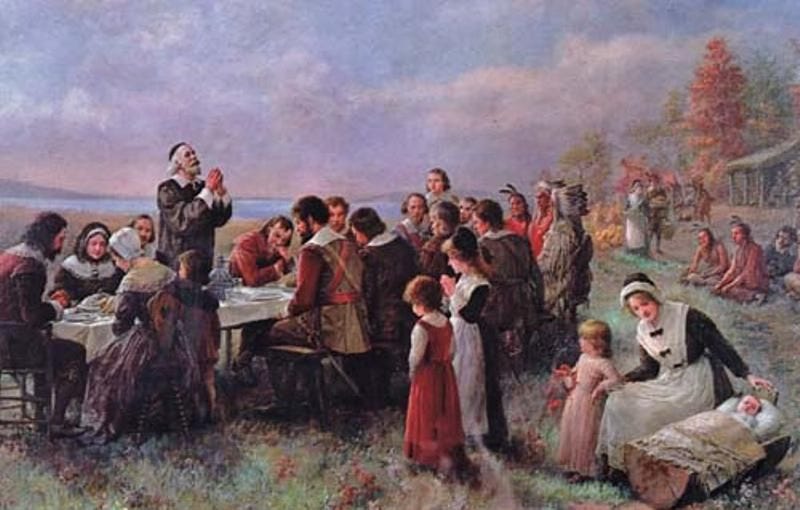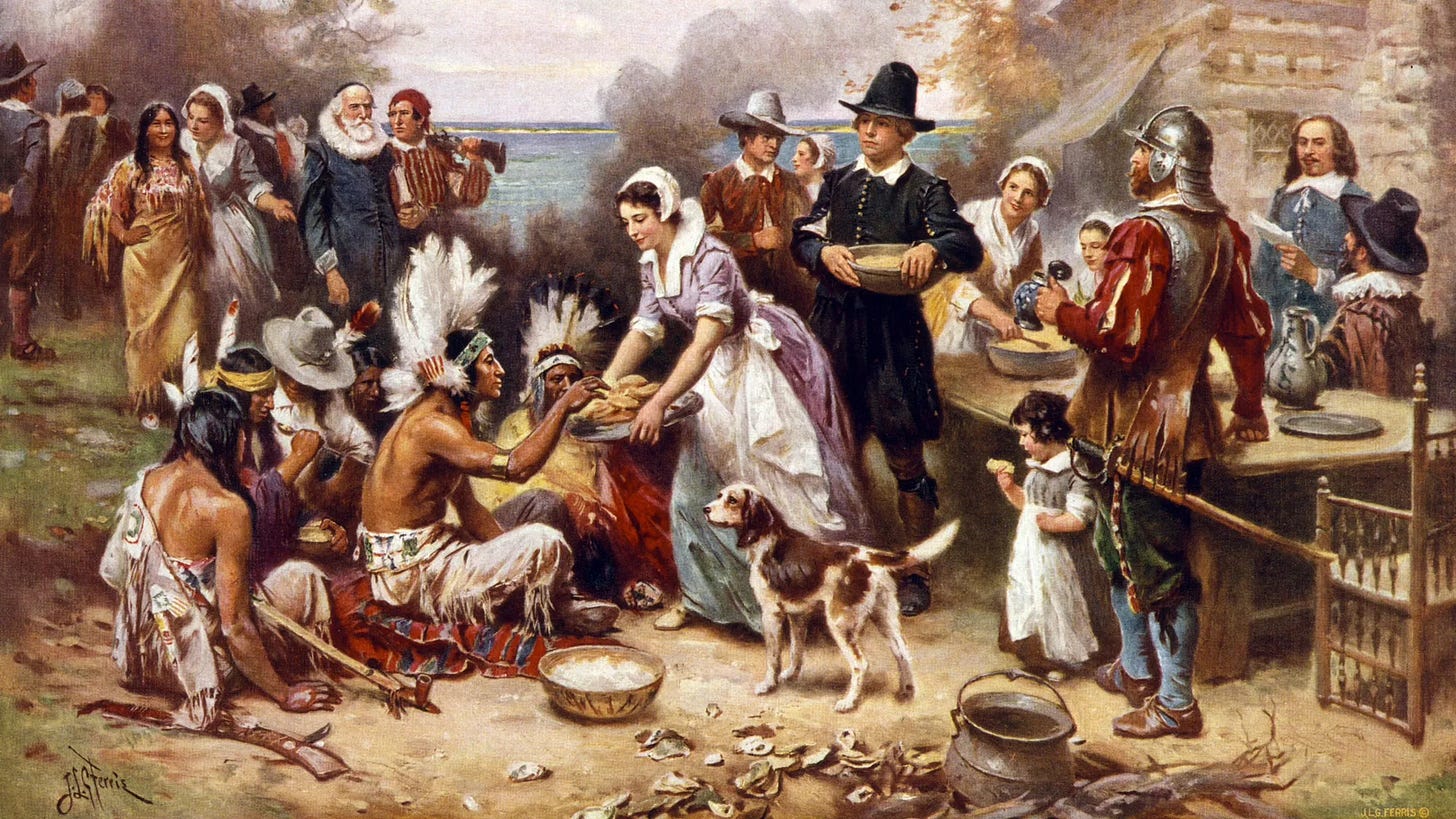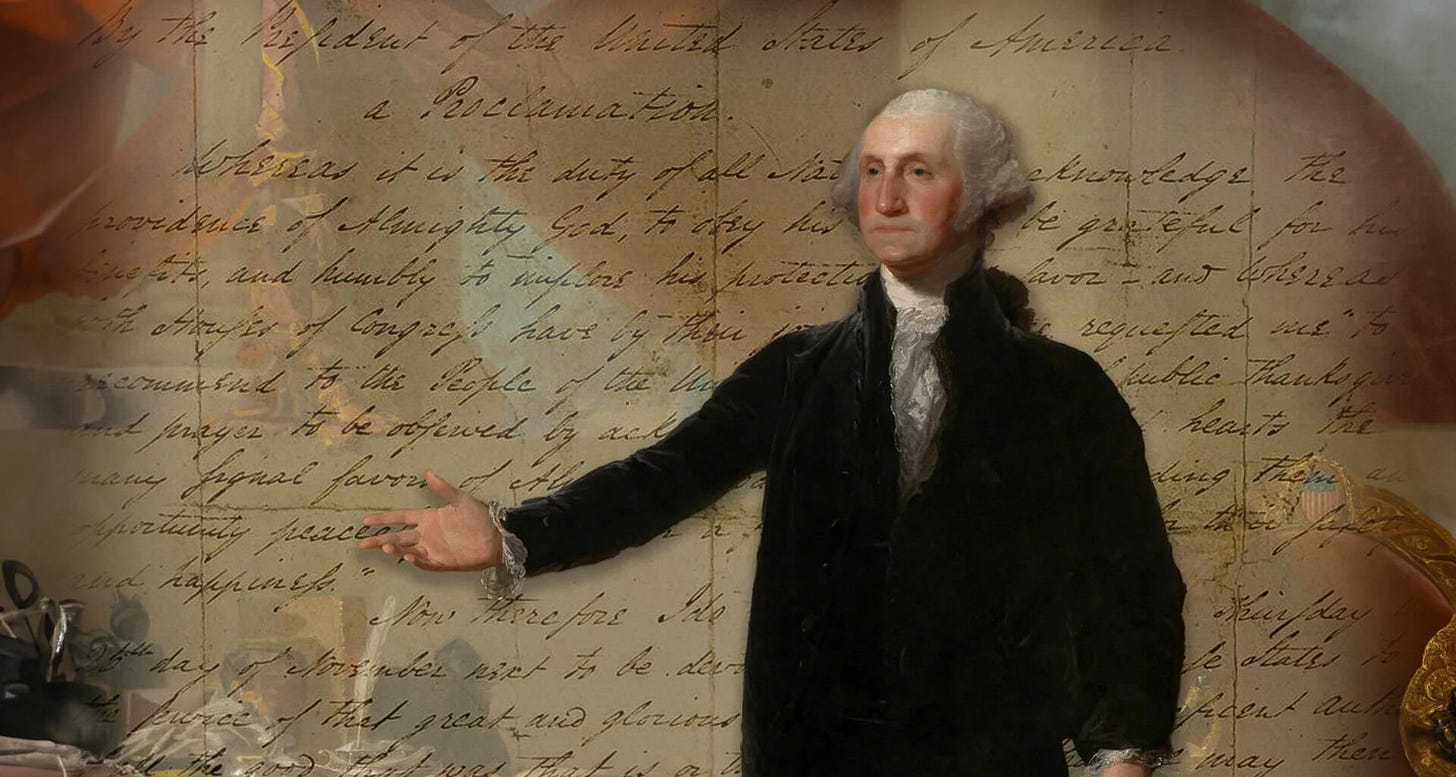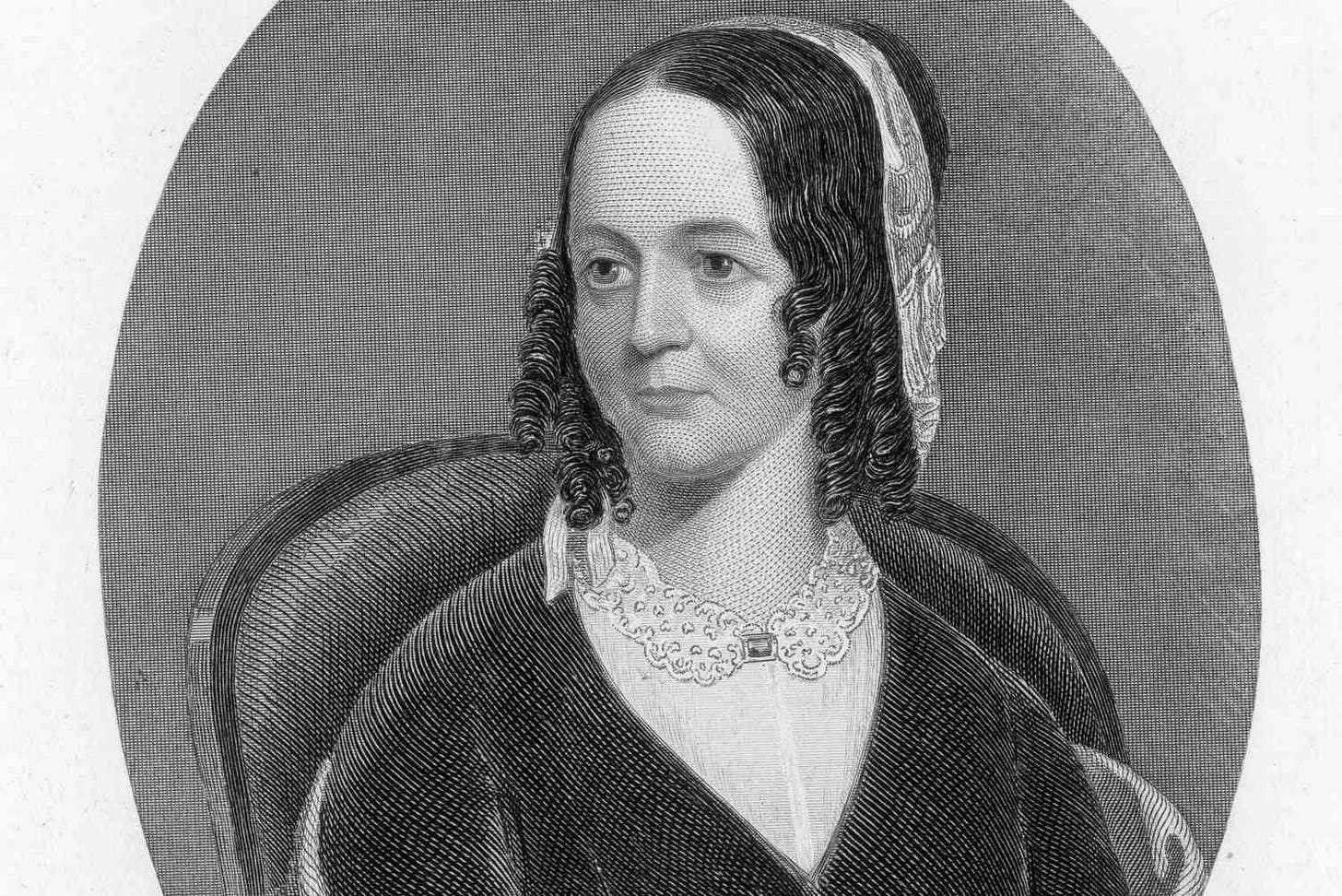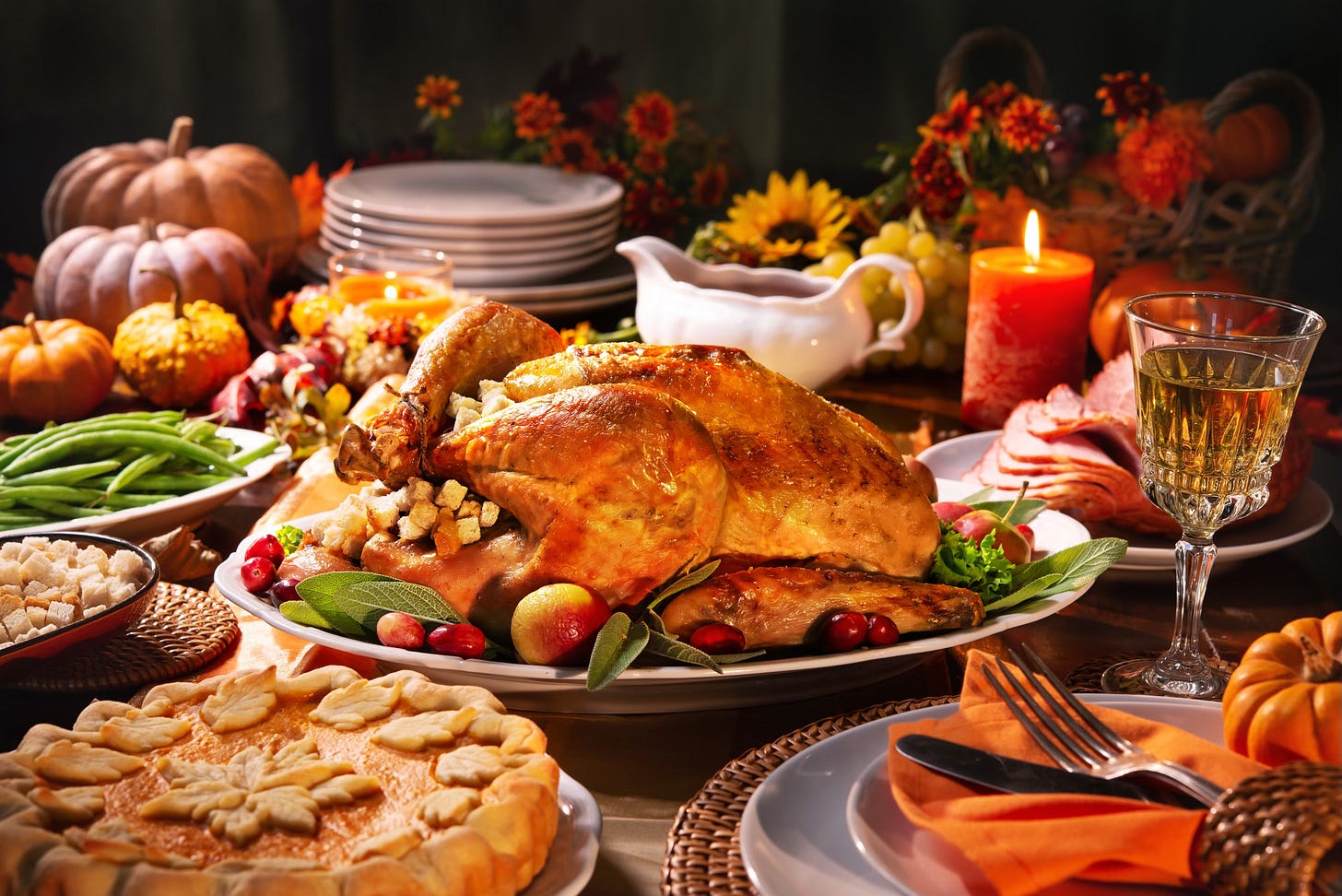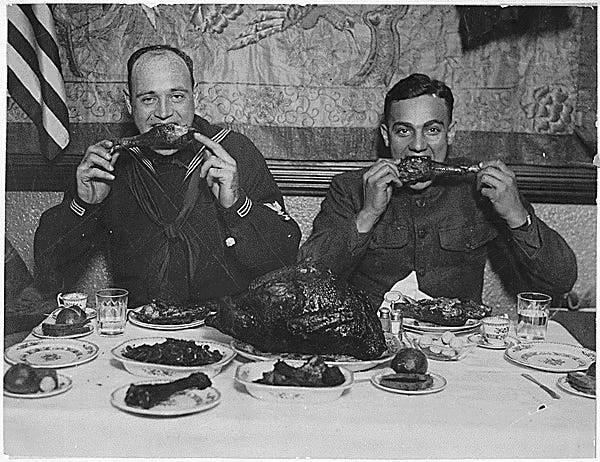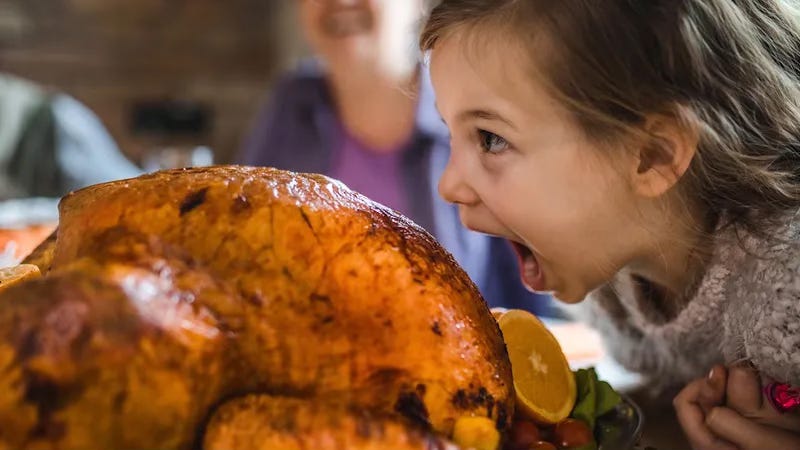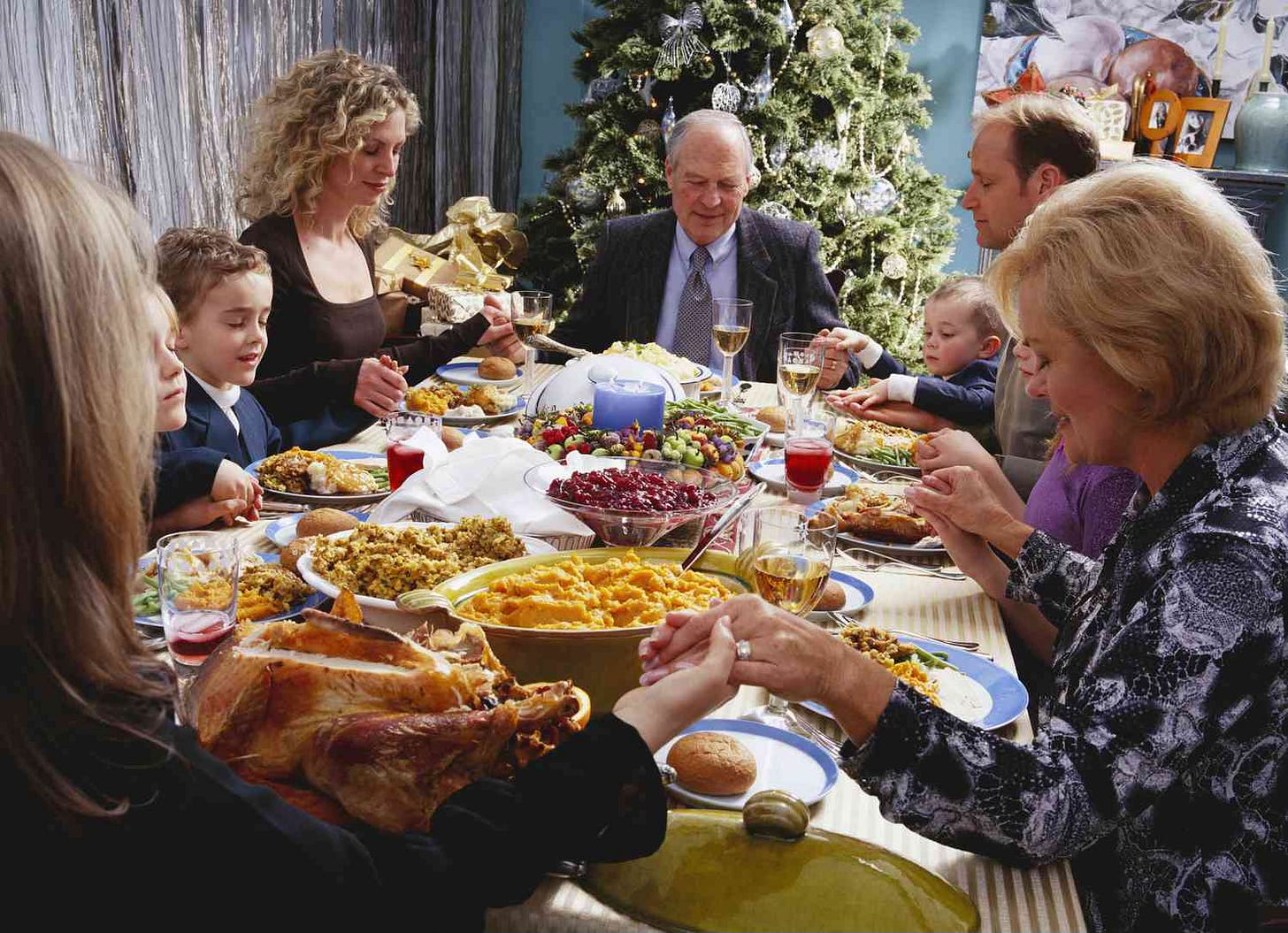The History of Thanksgiving: From Pilgrims to Present Day
Thanksgiving is an iconic American holiday steeped in history, tradition, and deep-rooted meaning. From its origins as a harvest celebration in 1621 to its evolution into a national holiday, Thanksgiving embodies gratitude, resilience, and unity. But how did it transform into the celebration we cherish today? Let’s take a journey through time to uncover the story behind Thanksgiving and its evolution into a national symbol of thanks and togetherness.
The Origins of Thanksgiving: The First Feast in 1621
The Arrival of the Pilgrims
In 1620, the Mayflower embarked on a harrowing journey from England, carrying 102 passengers. These travelers were a mix of religious separatists seeking freedom and adventurers searching for new opportunities. After enduring a perilous voyage across the Atlantic, they arrived at what is now Plymouth, Massachusetts. The first winter was brutal, and nearly half of the settlers succumbed to harsh conditions, disease, and famine.
The First Harvest Celebration
Despite the adversity, the Pilgrims, with the help of the Wampanoag tribe, managed to cultivate crops and secure their first successful harvest in the autumn of 1621. To celebrate their survival and newfound friendship, the Pilgrims organized a three-day feast. Chief Massasoit and 90 of his men joined the 50 surviving Pilgrims in this gathering. The menu, quite different from today's turkey-centric meal, likely featured wildfowl (such as duck and goose), venison, corn, shellfish, and seasonal produce.
What We Know About the Original Thanksgiving
The primary records of the first Thanksgiving come from the writings of Edward Winslow, one of the settlers. He described the feast and the gratitude shared among the Pilgrims and their Native American allies. Winslow’s account provides a glimpse into the spirit of thankfulness and cooperation that marked this early celebration, symbolizing unity and mutual respect.
Thanksgiving Through the Centuries
Colonial and Post-Colonial Celebrations
The first Thanksgiving did not immediately set a precedent for an annual holiday. Throughout the 17th and 18th centuries, various colonies and states would declare days of thanksgiving during significant events, such as victories in battle, harvests, or times of crisis. These observances were deeply religious and involved prayer, fasting, and reflection.
George Washington’s Proclamation
The first official nationwide Thanksgiving proclamation came in 1789 when President George Washington declared November 26th a day of public thanksgiving and prayer. Washington stated, “It is the duty of all nations to acknowledge the providence of Almighty God, to obey His will, to be grateful for His benefits, and humbly to implore His protection and favor.” This declaration marked the beginning of Thanksgiving as a formal observance but was celebrated at different times in various states.
The Role of Sarah Josepha Hale: The “Mother of Thanksgiving”
Persistent Advocacy
The modern Thanksgiving holiday owes much to the efforts of Sarah Josepha Hale, an influential writer and editor of Godey’s Lady’s Book. For over 30 years, Hale tirelessly advocated for a national day of thanksgiving. She wrote countless letters to politicians and published editorials emphasizing the importance of a unifying holiday that would celebrate shared values.
Lincoln’s 1863 Proclamation
Hale’s persistence paid off when President Abraham Lincoln finally declared Thanksgiving a national holiday in 1863, during the height of the Civil War. Lincoln’s proclamation established the last Thursday of November as a day of “Thanksgiving and Praise,” intended to bring hope and unity to a divided nation. His words resonated with Americans, and Thanksgiving became a national day of gratitude and reflection.
The Evolution of Traditions: From Feasts to Parades
The Iconic Thanksgiving Meal
Over the years, the Thanksgiving meal evolved from the varied dishes of 1621 to a standardized feast featuring turkey, cranberry sauce, stuffing, and sweet potatoes. By the 19th century, turkey had become synonymous with the holiday. Recipes continued to be refined, passed down through generations, creating a rich tapestry of regional variations and family traditions.
Macy’s Thanksgiving Day Parade
One of the most beloved modern traditions is the Macy’s Thanksgiving Day Parade, which began in 1924 in New York City. Originally intended to showcase Macy’s storefronts and attract holiday shoppers, the parade featured elaborate floats, marching bands, and costumed characters. It quickly grew into a must-see event and now attracts millions of viewers, symbolizing the excitement of the holiday season.
Football and Thanksgiving
The tradition of Thanksgiving football dates back to the late 19th century, with both professional and college teams playing games. Today, NFL Thanksgiving games are an integral part of the holiday, drawing families together to cheer for their favorite teams and adding a layer of festivity to the day.
Thanksgiving During WWII and Modern Adjustments
FDR’s Date Change
In 1939, President Franklin D. Roosevelt moved Thanksgiving up by a week to the third Thursday of November to extend the shopping season and stimulate the economy. This decision was met with mixed reactions, and many states refused to comply. The confusion led Congress to pass a resolution in 1941 officially designating the fourth Thursday in November as the national holiday.
The Day of Giving Thanks Today
Today, Thanksgiving remains a cherished holiday, with its core values of gratitude, family, and community firmly intact. Modern celebrations often include traditional meals, watching the Macy’s Parade and football games, and engaging in acts of charity, such as volunteering at food banks and shelters. The day’s essence lies in reflecting on blessings and fostering togetherness.
Cultural Significance and Reflection
A Day of Gratitude and Unity
Thanksgiving has become a powerful reminder of the importance of gratitude, unity, and reflection. It invites people to pause, share stories, and appreciate both the small and significant moments in life. In an increasingly fast-paced world, Thanksgiving serves as a collective reminder to slow down and cherish time with loved ones.
Thanksgiving and Inclusivity
While rooted in the story of the Pilgrims and Native Americans, Thanksgiving has transcended its historical origins to include diverse traditions across cultures and backgrounds. It’s a day that unites Americans regardless of origin, with celebrations tailored to different family customs.
Conclusion: Embracing the Legacy of Thanksgiving
Thanksgiving’s history, from a humble feast in 1621 to its present-day status as a cornerstone of American culture, showcases the enduring values of gratitude, resilience, and fellowship. Whether we gather around the table, watch parades, or volunteer to help those in need, Thanksgiving invites us to connect with what truly matters.
Let’s embrace the traditions and stories that have brought us together for generations and continue to celebrate the spirit of thankfulness. If you enjoyed this journey through Thanksgiving’s history, be sure to subscribe to our newsletter, share this post, and join us in spreading the message of gratitude and unity.




